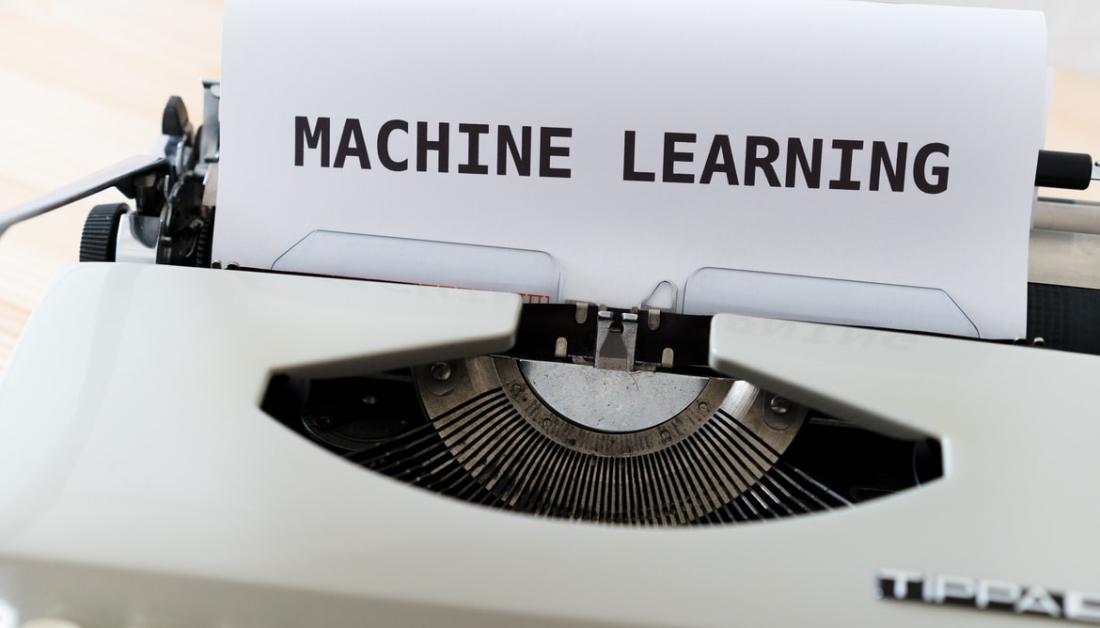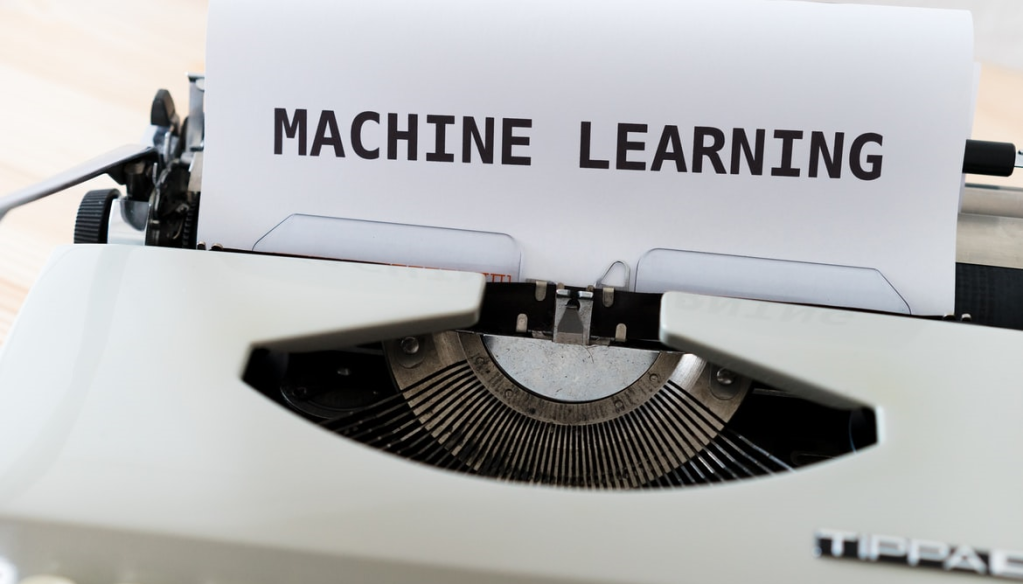A neural network is a biologically inspired method for computers to learn through analyzing data.
When does a neural network become a deep neural network?
Here’s a neural network, and it’s not particularly deep!. Although it just has three layers, the term “deep” usually refers to dozens, if not hundreds, of them.
The circles represent “neurons,” which are devices that receive input (usually from several preceding neurons) and output (which then typically goes on to provide input for other neurons).







